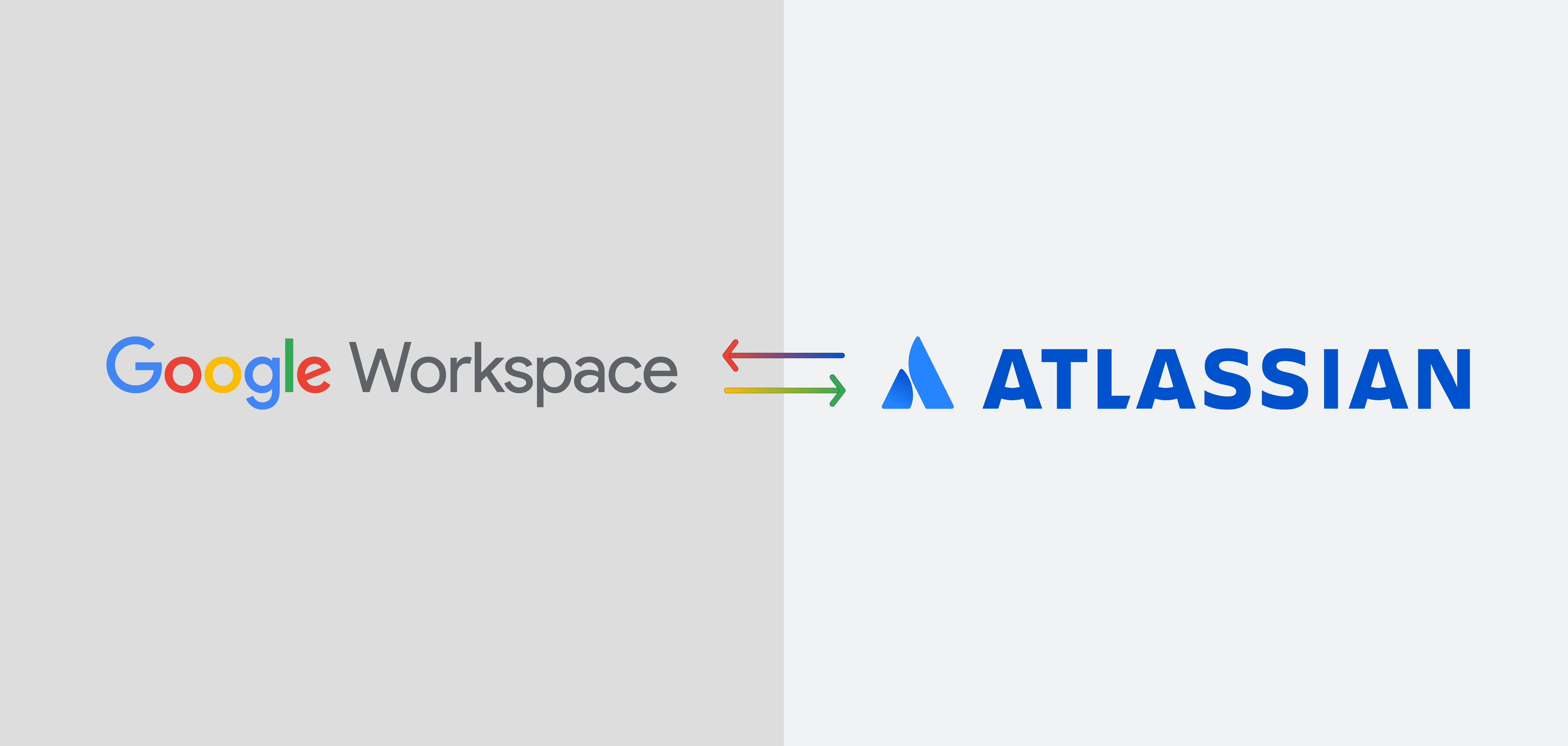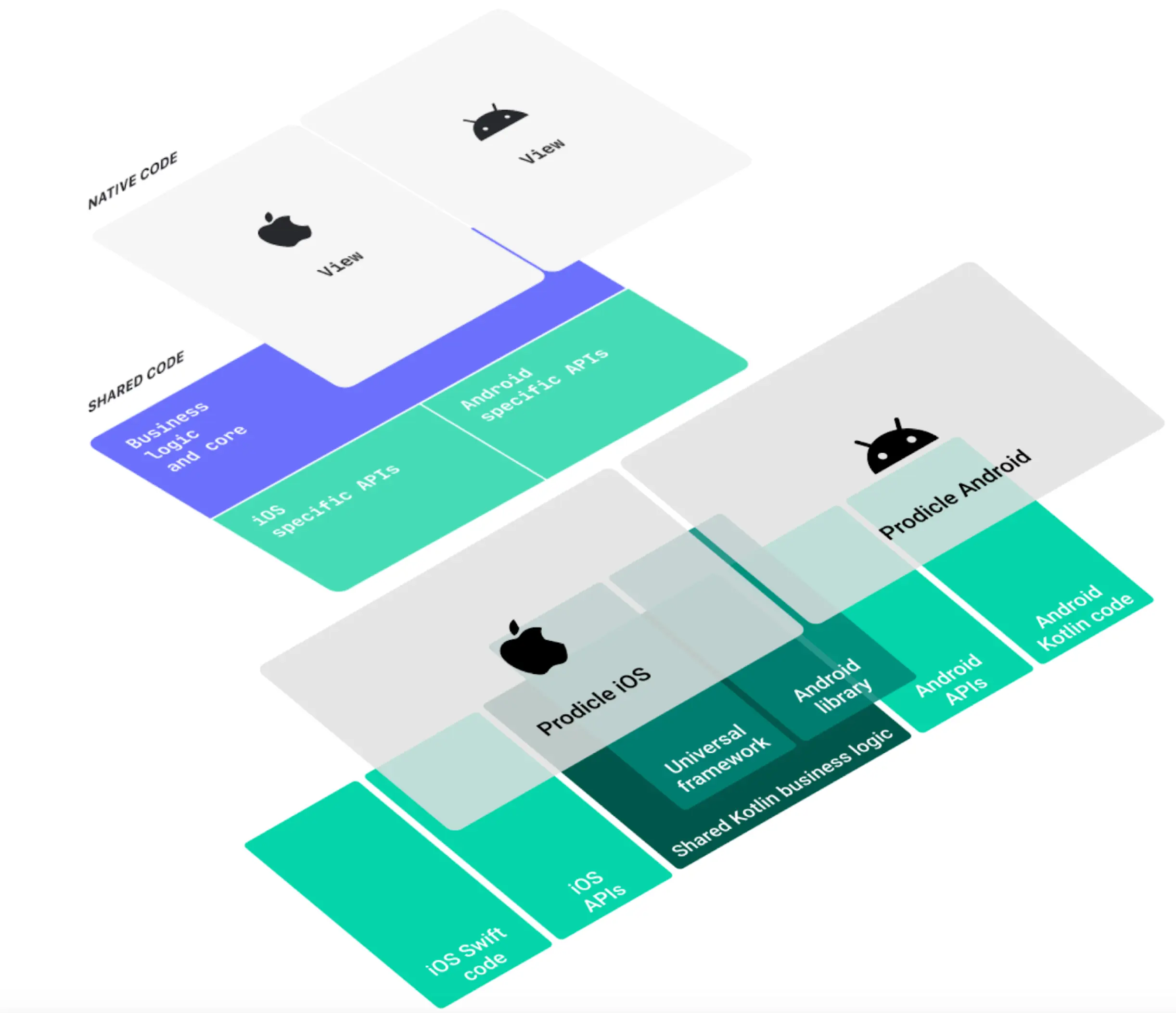
Agile development is a software development methodology that emphasizes flexibility, collaboration, and incremental delivery. The concept originated in the early 2000s, and since then, it has become the dominant approach to software development. In this post, we'll explore the history of software methodologies, the different types of agile methodologies, the tools used in agile development, how business process and software developers can work together, and some alternatives to agile development.
The History of Software Methodologies
The first software development methodologies date back to the 1950s, when software engineering was in its infancy. The Waterfall model, which was the first widely used software development methodology, was introduced in 1970. This model assumes that the requirements of a project are fixed, and development proceeds through a sequence of phases, such as requirements gathering, design, implementation, testing, and maintenance. This model was the dominant software development methodology until the early 2000s.
Agile methodologies were first introduced in 2001, with the publication of the Agile Manifesto. This document, which was created by a group of software developers, emphasizes four values: individuals and interactions, working software, customer collaboration, and responding to change. Since then, many different types of agile methodologies have emerged, including Scrum, Kanban, Lean, and XP.
Kanban, Waterfall, and Scrum
Kanban is an agile methodology that focuses on continuous delivery and improvement. In Kanban, work items are visualized on a board, and team members work to pull work items through the board, from backlog to done. This approach emphasizes flexibility and the ability to adapt to changing circumstances.
Waterfall is a sequential development model, where each stage of the development process must be completed before moving to the next stage. This approach is less flexible than agile methodologies and assumes that the requirements of a project are fixed.
Scrum is an iterative and incremental approach to software development. In Scrum, work is broken down into smaller, manageable chunks called sprints. Each sprint consists of a series of activities, including planning, development, testing, and review. Scrum emphasizes communication, collaboration, and transparency, and it is widely used in software development.
Tools Used in Agile Software Development
There are many tools available for agile software development. These include project management tools, such as Trello and JIRA, which are used to track and manage work items. Continuous integration and delivery tools, such as Jenkins and Travis CI, are used to automate the building, testing, and deployment of software. Version control tools, such as Git and SVN, are used to manage code changes.
Business Process and Software Developers Working Together
Business process and software developers can work together to ensure that software development meets the needs of the business. This involves clear communication and collaboration between the two groups. Business process experts can provide insight into the needs of the business, while software developers can provide technical expertise and solutions.
Alternatives to Agile Development
While agile development has become the dominant approach to software development, there are some alternative methodologies that are worth considering. These include:
- Lean Software Development - This methodology emphasizes the reduction of waste and the maximization of value.
- Extreme Programming (XP) - This methodology emphasizes communication, simplicity, feedback, and courage.
- Crystal - This methodology emphasizes communication, teamwork, and simplicity.
In conclusion, agile development is a flexible and collaborative approach to software development that has become the dominant methodology in the industry. There are many different types of agile methodologies, including Scrum, Kanban, and Lean, and a wide range of tools available to support the development process. By working together, business process experts and software developers can ensure that software development meets the needs of the business. Finally, while agile development is the dominant approach, there are alternative methodologies, such as Lean Software Development, Extreme Programming (XP), and Crystal, that can be used to meet specific needs. Ultimately, the success of any methodology depends on the team's ability to adapt and continuously improve their processes to meet the changing needs of the business.
Agile development is a powerful approach that can help teams deliver high-quality software in a fast and efficient manner. By embracing the principles of agile development, teams can collaborate more effectively, respond to changing requirements, and deliver value to their customers. While there are challenges associated with agile development, such as the need for effective communication and collaboration, the benefits far outweigh the drawbacks.
In summary, agile development is a powerful approach to software development that has become the dominant methodology in the industry. Understanding the history of software methodologies, the different types of agile methodologies, and the tools used in agile development is essential for success. By working together, business process experts and software developers can ensure that software development meets the needs of the business, and by embracing the principles of agile development, teams can deliver high-quality software in a fast and efficient manner.














